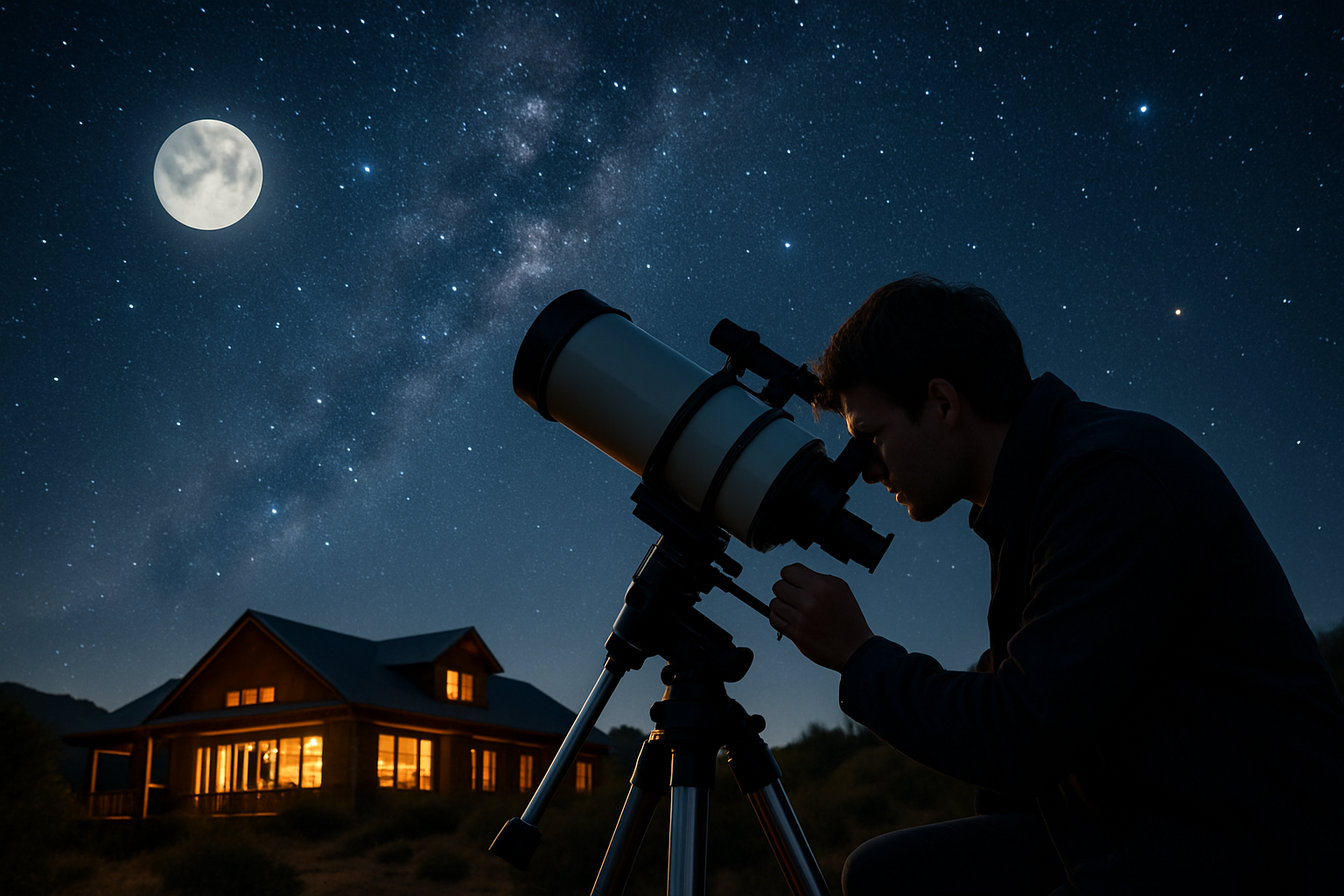Astro-Tourism: Chasing Dark Skies and Celestial Wonders
In an era of light pollution and urban sprawl, a new travel trend is emerging that beckons adventurers to look upwards and rediscover the wonders of the night sky. Astro-tourism, the pursuit of pristine dark skies for stargazing and celestial observation, is captivating travelers worldwide. This cosmic journey not only offers breathtaking views of the universe but also promotes conservation efforts and supports rural economies. Join us as we explore the rising phenomenon of astro-tourism and its impact on both travelers and destinations.

International Dark Sky Places: A Global Initiative
The International Dark-Sky Association (IDA) has been at the forefront of promoting astro-tourism through its International Dark Sky Places program. This initiative certifies locations worldwide that demonstrate exceptional quality of starry nights and a commitment to protecting the nocturnal environment. From parks and reserves to communities and urban night sky places, the program has recognized over 130 locations globally, creating a network of prime stargazing destinations.
The Science Behind the Stars
Astro-tourism is not just about pretty views; it’s deeply rooted in scientific understanding and appreciation. Many dark sky destinations offer educational programs led by astronomers and astrophysicists. These experts guide visitors through the night sky, explaining celestial mechanics, star formation, and the latest discoveries in space exploration. Some locations even provide access to professional-grade telescopes, allowing travelers to peer deeper into the cosmos than ever before.
Economic Impact on Rural Communities
One of the most significant benefits of astro-tourism is its positive impact on rural economies. Many prime dark sky locations are in remote areas that traditionally struggle with economic development. The influx of stargazers has led to the creation of specialized accommodations, guided tours, and astronomy-themed events. This sustainable form of tourism provides rural communities with a unique selling point, attracting visitors year-round and diversifying their economic base.
Challenges and Conservation Efforts
While astro-tourism offers numerous benefits, it also presents challenges. The very act of traveling to remote locations can potentially increase light pollution and disrupt local ecosystems. To address these concerns, many destinations are implementing strict lighting ordinances and visitor management strategies. Some places are even experimenting with red-light districts, using specially designed lighting that minimizes impact on nocturnal wildlife while still allowing safe navigation for visitors.
Stellar Tips for Aspiring Astro-Tourists
• Plan your visit around lunar cycles; new moons offer the darkest skies
• Invest in red-light headlamps to preserve night vision
• Download stargazing apps for easy constellation identification
• Consider timing your trip to coincide with meteor showers or eclipses
• Bring warm layers; temperatures can drop significantly at night, even in desert locations
As we gaze up at the stars, astro-tourism reminds us of our place in the vast cosmos and the importance of preserving our planet’s natural darkness. This growing travel trend not only offers unforgettable experiences but also fosters a deeper connection with the universe and supports conservation efforts worldwide. Whether you’re an amateur astronomer or simply seeking a unique travel experience, the world of astro-tourism invites you to embark on a journey of cosmic discovery.





